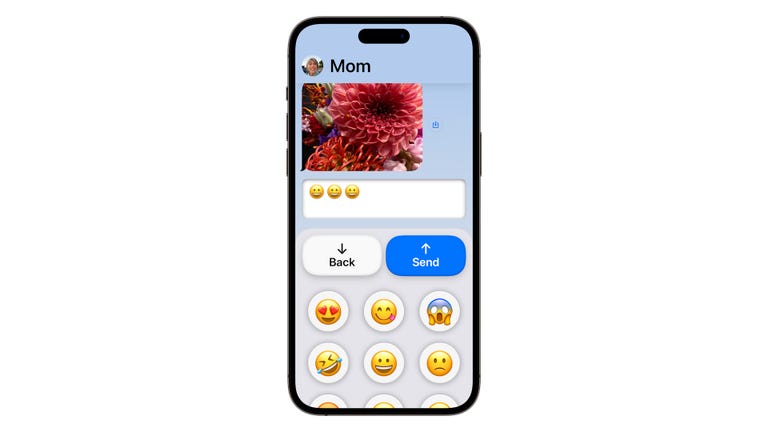There may not be a new iPad released this year, but there is a new version of iPadOS, with some subtle changes that are welcome additions. Now that iPadOS 17 is out of beta and available in a final version (with updates, of course, expected over time), it’s worth downloading. I’ve been living with the new OS on an M1 iPad Air for months in public beta, and so far it’s been a pleasant experience, with a few clear benefits out of the gate.
This isn’t a wild rethinking of the iPad, and there aren’t as many dramatic changes this year as there are on the iPhone. Even so, the improvements to Stage Manager are welcome… even if I still don’t use it all that much unless I’m plugged in to an external monitor.
Here are my thoughts so far, largely based on my time with the beta version.
iPad multitasking is finally… good?
Stage Manager, Apple’s multitasking system for the iPad that parallels what’s on the Mac, comes closer to feeling like the MacOS version. On iPadOS 16, I found Stage Manager to be weirdly restrictive of how you arrange your four app windows on the iPad. I only found it useful when connected to an external monitor.
In iPadOS 17, you’re still limited to four apps on screen at one time, and Apple continues to restrict the sizing and position of apps to some degree. But the options are a lot more fluid. I can drag and stagger apps more easily one by one, from narrow panes to flat panels to larger, nearly full-screen options. Apple also gets other interface junk out of the way, allowing the Stage Manager dock and Apple’s iOS app dock to minimize so you can fill the screen with just the apps you want. On an 11-inch iPad, that’s extremely useful.
The stability also seems better so far. I played Settlers of Catan while checking Slack and writing a story and browsing Twitter and Outlook, and everything worked fine. I might actually keep Stage Manager on all the time now.
Keep in mind, Stage Manager’s external monitor features — adding four more apps to browse — requires an M1- or M2-equipped iPad, and the on-iPad Stage Manager feature is limited to iPad Pro models and the M1 iPad Air.

The Health app works just like you’d expect on the iPad. (OK, I need to walk more.)
Other hidden features: Improved PDF support, more Stickers and a way to replicate your voice
I use PDFs all the time, and dump a lot of my documents in Apple’s Files app via iCloud. Retrieving and viewing PDFs is easier now — the PDFs pop up in new windows while keeping the Files app open. The Notes app can also absorb PDFs, and the PDFs can be annotated pretty easily. None of this is surprising, or new to computers in general, but it’s easing the “Mac-like” flexibility of iPadOS further.
Apple’s also made filling out PDF forms less of a hassle, which hopefully will make signing documents and medical forms a little easier for me this year.
On a less essential note, Apple’s Stickers, a part of the Messages app before, are popping up across the OS. Photos can be easily turned into stickers and added to a GIF-like personal collection, including animated ones pulled from Live Photos. It’s cute, and maybe I’ll find myself using it more?
Apple’s most fascinating-slash-creepy feature is an assistive-focused way to replicate your own voice for situations when someone may not be able to speak. Called Personal Voice, it’s in the Accessibility settings. It requires setting up by recording your own voice samples into a profile that eventually can generate an AI synthesis of what you sound like for anything you type out.

Watch this: iPadOS 17 Revealed at WWDC 2023
08:31

